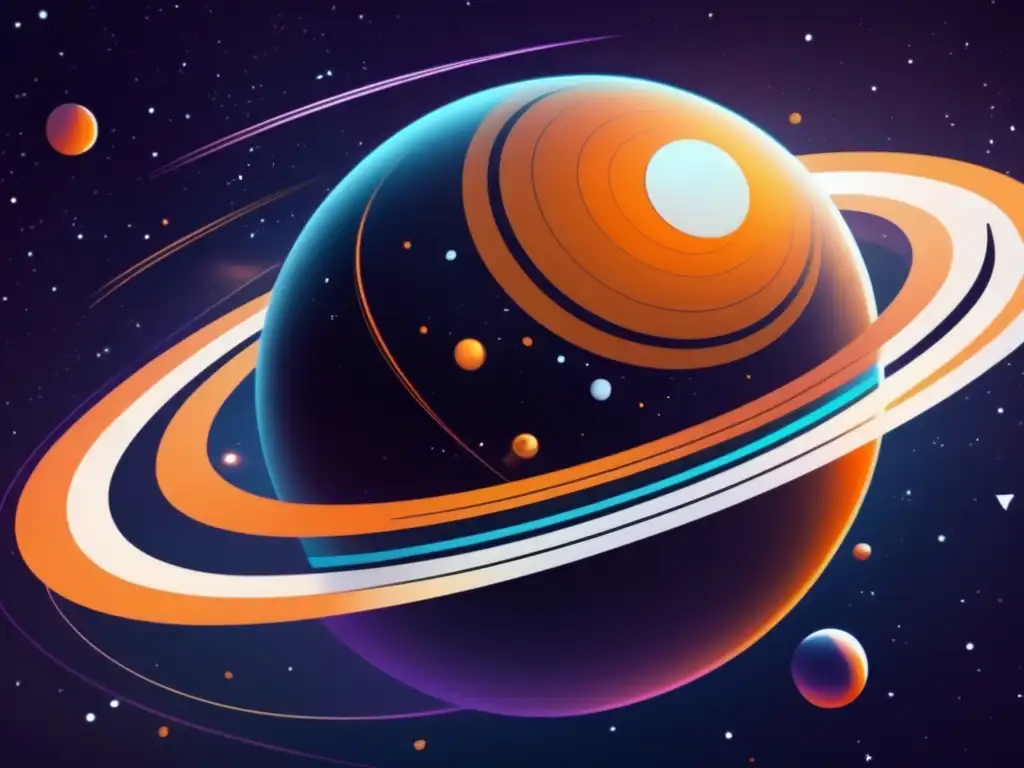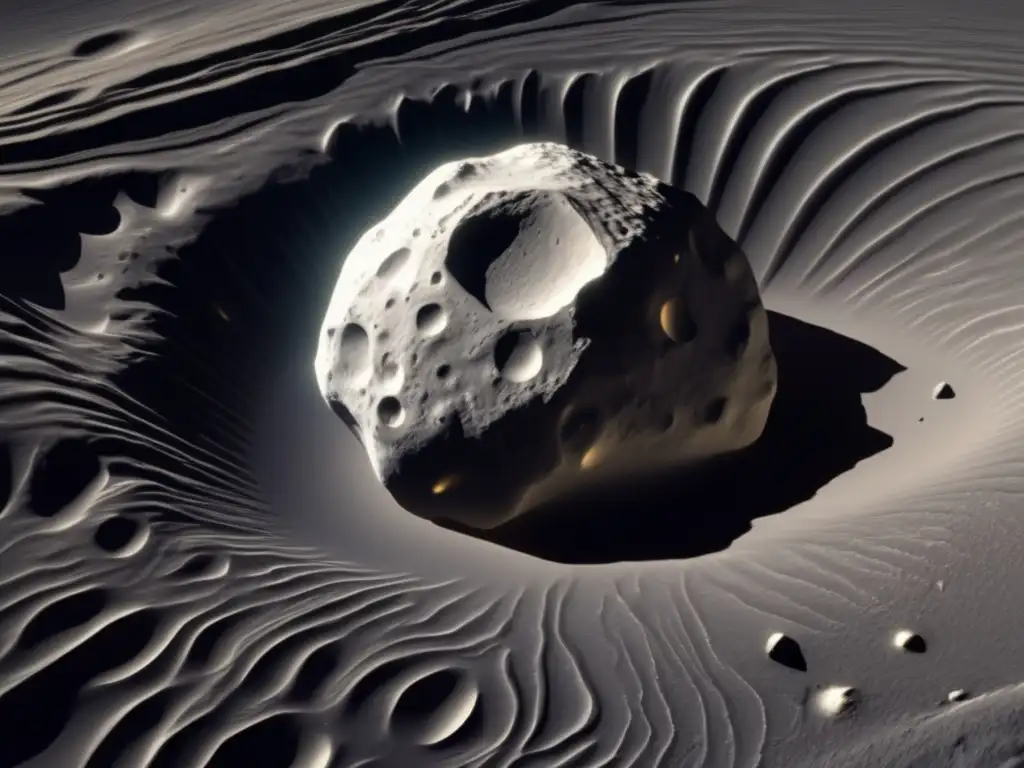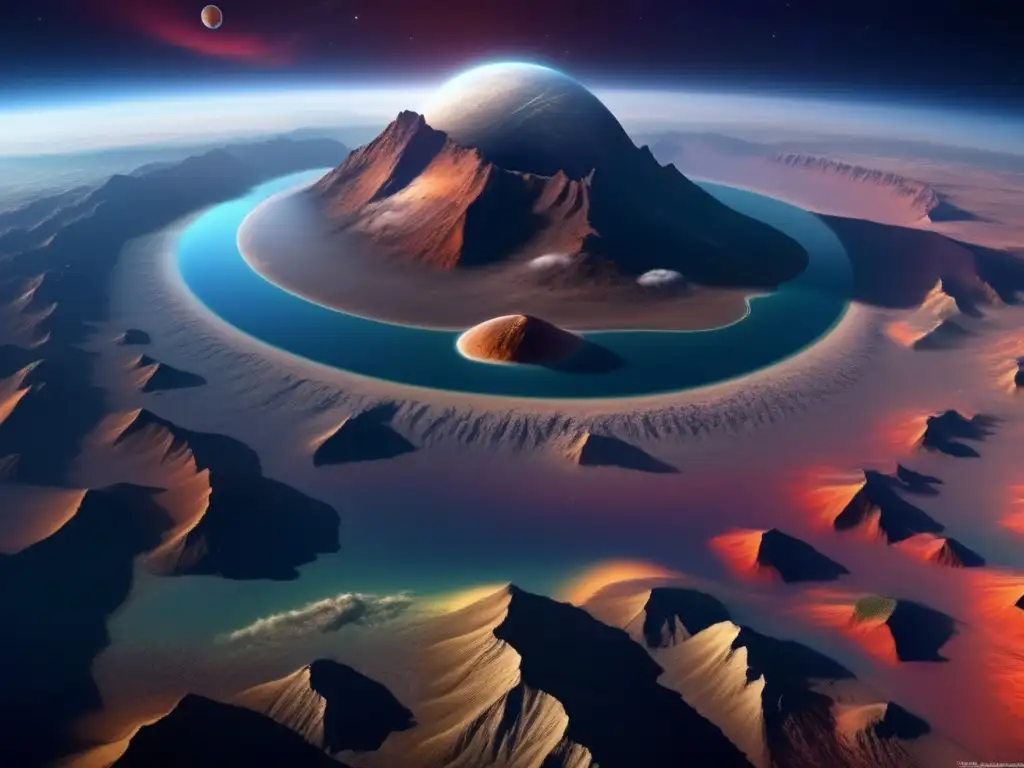Exploring The Discovery And Features Of 253 Mathilde

Introduction
Asteroids are fascinating celestial objects that have always captured the imagination of astronomers, scientists, and the general public alike. One of these asteroids that has been the subject of great interest is 253 Mathilde. This asteroid was discovered in 1885 and has since then been extensively studied by researchers.
Mathilde's Discovery

The Discovery of Mathilde
Mathilde was discovered by Austrian astronomer Johann Palisa on November 12, 1885. It was named after the wife of the French astronomer who funded Palisa's work at the Vienna Observatory.
The Classification and Physical Characteristics of Mathilde
Mathilde belongs to the C-type asteroid group, which is believed to be composed of primitive, carbonaceous chondrite material. This means that it could contain many organic compounds that could provide useful insights into the formation of the solar system.
Mathilde has a highly irregular shape and is estimated to have a diameter of approximately 52 kilometers. It completes one rotation every 17.4 hours and orbits the Sun at a distance of approximately 2.7 astronomical units (AU).
Mathilde's Surface and Composition

The Mapping and Analysis of Mathilde's Surface
One of the most significant studies of Mathilde's surface was conducted by the NEAR Shoemaker spacecraft in June 1997. The spacecraft passed within approximately 1,200 kilometers of Mathilde's surface and was able to capture images with a resolution of up to 12 meters per pixel.
The images revealed that Mathilde's surface is heavily cratered, indicating that it has been subjected to numerous collisions over its 4.5 billion years of existence. Some of the craters are up to 10 kilometers in diameter, and there are also a few large depressions that suggest the presence of ancient basins.
The Composition of Mathilde's Surface
NEAR Shoemaker's spectral analysis of Mathilde's surface revealed a complex mix of minerals, including olivine, pyroxene, and iron-nickel metal. It also showed that Mathilde's surface is covered in a layer of regolith or loose rock material that may have been created by meteorite impacts.
Researchers believe that Mathilde's composition is similar to that of the parent bodies of carbonaceous chondrites. These asteroids are believed to be some of the most primitive and pristine objects in the solar system, and the study of Mathilde could provide valuable insights into their origin and evolution.
Mathilde's Importance in Asteroid Research

Mathilde's Role in Studying the Formation of the Solar System
Mathilde is considered to be one of the most primitive asteroids in the solar system, and the study of its composition and characteristics could provide useful information about the formation and evolution of the solar system.
Researchers believe that Mathilde could have originated in the outer regions of the asteroid belt, where it would have been subjected to less heating and alteration than asteroids that formed closer to the Sun. The study of Mathilde could therefore shed light on the early processes that led to the formation of the solar system.
The Significance of Mathilde in Planetary Defense
Mathilde's size and composition make it a potentially hazardous asteroid. The study of Mathilde could help researchers develop methods for detecting and deflecting asteroids that pose a threat to Earth.
Furthermore, the study of Mathilde's surface and composition could provide insights into the properties of other primitive asteroids that may be targets for future exploration missions, such as the Jovian Trojan asteroids or the Kuiper Belt objects.
Frequently Asked Questions

-
What is the significance of Mathilde in asteroid research?
Mathilde is considered to be one of the most primitive asteroids in the solar system, and its study could provide valuable insights into the formation and evolution of the solar system. Additionally, its size and composition make it a potential hazard for Earth, and its study could inform efforts to detect and deflect potentially dangerous asteroids.
-
What is Mathilde's composition?
Mathilde's surface is composed of a complex mix of minerals, including olivine, pyroxene, and iron-nickel metal. It is believed to have a composition similar to that of the parent bodies of carbonaceous chondrites.
-
How was Mathilde discovered?
Mathilde was discovered by Austrian astronomer Johann Palisa on November 12, 1885.
-
Why is Mathilde considered an important target for exploration missions?
Mathilde's size and composition make it a potentially hazardous asteroid, and its study could provide insights into the properties of other primitive asteroids that may be targets for future exploration missions.
-
What did the NEAR Shoemaker spacecraft discover about Mathilde's surface?
The NEAR Shoemaker spacecraft revealed that Mathilde's surface is heavily cratered and covered in a layer of regolith. Its spectral analysis also revealed a complex mix of minerals, including olivine, pyroxene, and iron-nickel metal.
Conclusion
The study of 253 Mathilde has provided valuable insights into the formation and evolution of the solar system and the properties of primitive asteroids. Its size and composition make it a potentially hazardous asteroid, and its study could inform efforts to detect and deflect potentially dangerous asteroids. As we continue to explore the solar system, Mathilde will remain an important target for research and exploration missions.
Thank you for reading this article on Asteroid Realm. We hope that you found the information presented here informative and engaging. Please share your thoughts in the comments section and consider subscribing to our website for more exciting asteroid-related content.
Additional Resources

For more information on asteroids and their characteristics, we recommend the following resources:
- NASA's Asteroid Resource Page
- The International Astronomical Union's Asteroid Theme Page
- The Planetary Society's NEAR Shoemaker Mission Page
 The Remarkable Discovery Of Asteroid (66391) 1999 KW4 And Its Moon
The Remarkable Discovery Of Asteroid (66391) 1999 KW4 And Its Moon The First Asteroid To Be Named After A Woman: The Story Of Lucretia
The First Asteroid To Be Named After A Woman: The Story Of Lucretia The Story Of Asteroid 1566 Icarus: A Near Miss With Earth
The Story Of Asteroid 1566 Icarus: A Near Miss With EarthIf you want to discover more articles similar to Exploring The Discovery And Features Of 253 Mathilde, you can visit the Asteroid Discoveries category.
Leave a Reply

Articulos relacionados: